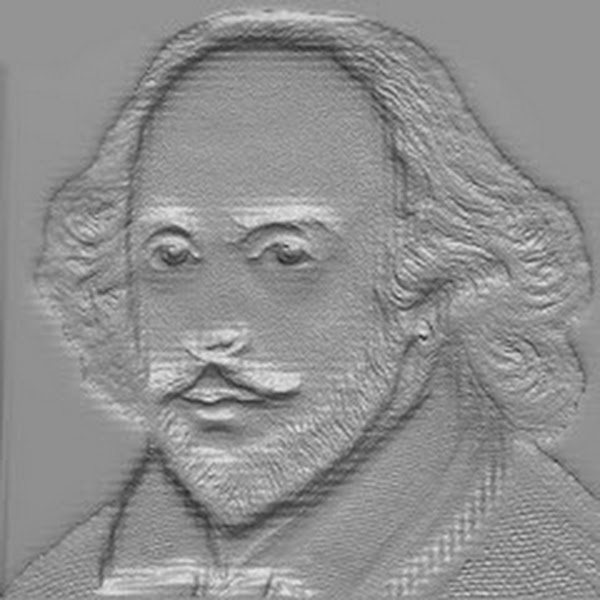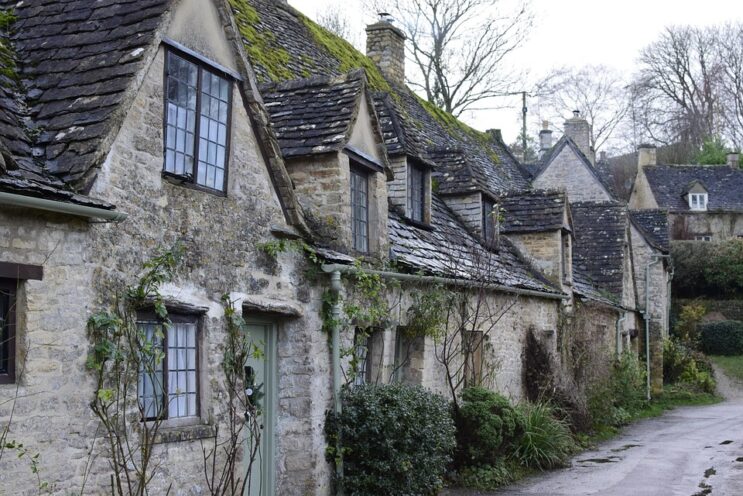The General Prologue to The Canterbury Tales as a Mirror to 14th Century English Society
The Canterbury Tales was written by Geoffrey Chaucer in the 14th century. It tells the story of a group of people going on a journey to Canterbury. They tell stories to pass the time. Before the stories begin, Chaucer gives us a picture of each person in the group. This part is called The General Prologue. It helps us understand the people of England in that time.
In the 14th century, many things were changing in England. The Black Death had killed many people. There were fewer workers. Poor people wanted better lives. Towns were growing. The Church was powerful, but many people had lost trust in it. In The General Prologue, Chaucer gives a picture of all these things through his characters. He writes about different jobs, different classes, and different ways of living.
The first character we read about is the Knight. He is part of the noble class. He is brave and honest. He has fought in many wars. Chaucer says, “A Knight ther was, and that a worthy man, That fro the tyme that he first bigan, To riden out, he loved chivalrie.” This tells us that some people still lived by the old values of honor and bravery. The Knight is a good man. He is not proud or rich in clothes. This tells us that true knights were respected for their deeds, not for their looks or money.
Next comes the Squire, the Knight’s son. He is young and full of energy. He cares about love, music, and dancing. He is part of the younger generation. He wants to enjoy life. This shows that young people in that time were becoming more interested in fun and fashion. Life was not just about war and duty anymore.
The Yeoman comes next. He works for the Knight. He wears green clothes and carries weapons. He is from the lower class but has pride in his work. This tells us that people who worked with their hands also had value.
The Prioress is a woman from the Church. She tries to act noble. She speaks French and eats with care. Chaucer says, “And Frenssh she spak ful faire and fetisly, After the scole of Stratford atte Bowe.” This line tells us that she is trying to act like a noble lady, but not in the true way of high French people. She wants people to think she is gentle and kind. This shows us that some people in the Church cared more about style than true religion.
The Monk is another Church man. He likes hunting. He does not follow the strict rules of monks. He wears fine clothes and eats good food. Chaucer says, “A manly man, to been an abbot able; Ful many a deyntee hors hadde he in stable.” This means the Monk is rich and enjoys good things. He is not like poor monks who pray and work. This tells us that many in the Church had become rich and lazy.
The Friar is also from the Church. He is supposed to live a simple life and help the poor. But he makes money by begging and giving easy penance. He knows rich people and stays away from the poor and sick. This tells us that people had started to doubt Church men. They saw that many were not honest.
There is also the Merchant. He talks about business and money. He dresses well and looks rich. But he is in debt. This shows that many people tried to look rich even if they were not. Trade and money had become important.
The Clerk is a student. He is poor but loves books and learning. He does not care for money or rich clothes. This tells us that knowledge still had a place in society, even if it did not bring wealth.
The Sergeant of the Law is a lawyer. He is wise and knows many laws. He looks busy but he is not as busy as he seems. This shows that people in law and offices could sometimes pretend to be more important than they were.
The Franklin is a rich landowner. He loves good food and drink. He opens his house to others. He is not noble by birth, but he has money. This tells us that wealth could now give someone a good place in society, even if they were not born noble.
There are also working people in the group. The Carpenter, Weaver, and others are part of a guild. They wear fine clothes and want to look rich. Their wives want respect. This tells us that the middle class was growing. These people worked hard and wanted a better life.
The Cook works for them. He is good at his job, but he has a sore on his leg. This may be Chaucer’s way of saying that even skillful workers had problems.
The Skipper is a shipman. He is rough and steals wine. He does not follow rules. This shows that some jobs had freedom, but also danger and wrongdoing.
The Doctor knows much about medicine. He loves gold. He makes deals with pharmacists. This tells us that even in good jobs, people could be greedy.
The Wife of Bath is a woman who has had five husbands. She wears bright clothes and talks a lot. She has travelled much. She speaks of love and marriage. This shows us that women could have power and opinions. But some people may not have liked such women.
The Parson is a poor priest. He is kind and honest. He helps people. He does what he teaches. Chaucer says, “This noble ensample to his sheep he yaf, That first he wroghte, and afterward he taughte.” This means he first did good himself, then taught others. He is the true image of a good Church man.
The Plowman is his brother. He is simple and works hard. He is honest and kind. He helps others and loves God. These two men give hope that goodness still lived among the poor.
The Miller is big and strong. He is rude and tells dirty stories. He cheats people when he sells flour. This tells us that some workers were dishonest.
The Manciple works in a school or law place. He is smarter than the rich men he works for. This means even simple people could be wise.
The Reeve manages a farm. He is thin and angry. He keeps everything in order but steals from his lord. This shows that people in power could also lie and cheat.
The Summoner works for the Church court. He is ugly and drinks a lot. He takes bribes and lets people go free. This tells us that Church courts were not always fair.
The Pardoner sells papers that forgive sins. He is fake and tricks people. He makes money from lies. His hair is thin like wax. He sings loudly to get money. This shows that many had lost respect for the Church.
In the end, Chaucer gives us a wide view of 14th century England. We see rich and poor, young and old, honest and dishonest, men and women. The good and bad parts of each class are seen. Some people try to act noble. Some work hard. Some are kind. Others cheat. This makes The General Prologue not just the start of a story but also a picture of real life in Chaucer’s time.
Title:
The General Prologue to The Canterbury Tales as a Mirror to 14th Century English Society
Author:
Geoffrey Chaucer
Form:
Narrative Poetry (Middle English Verse)
Date of Composition:
Late 14th Century (around 1387–1400)
Genre:
Frame Narrative / Estates Satire
Language:
Middle English
Setting:
Pilgrimage from London to Canterbury, England
Themes:
- Social class and structure
- Corruption in the Church
- Rise of the middle class
- Appearance vs. reality
- Human nature
Literary Devices Used:
- Satire
- Irony
- Character sketch (vivid portraits)
- Rhyming couplets
- Iambic pentameter
Purpose:
To give a picture of English society during Chaucer’s time by describing people from different social groups.
 CSP
CSP